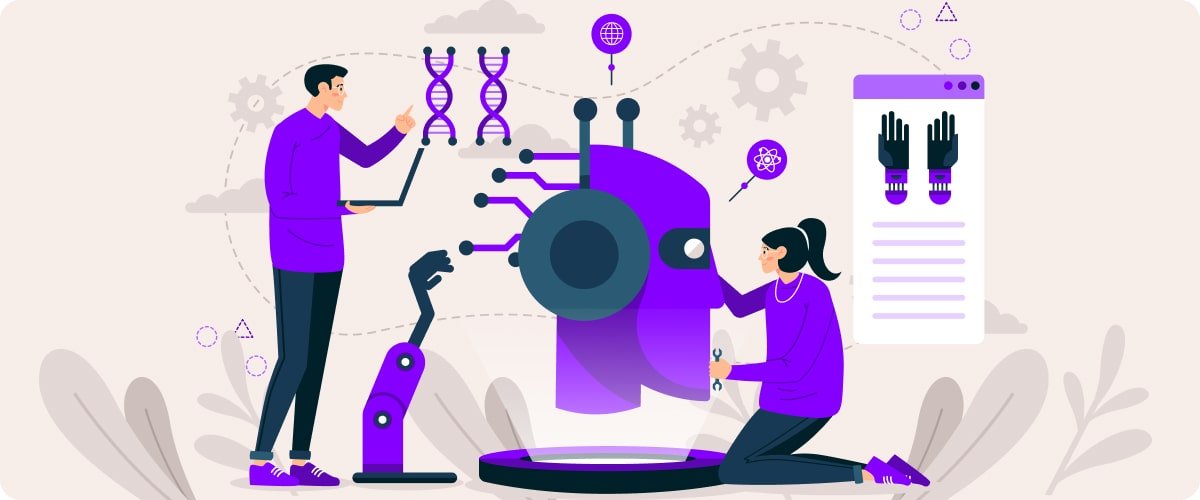Whether it’s an e-commerce platform, a service-based website, or a content-driven blog, the ultimate goal is to convert visitors into customers or subscribers. This comprehensive strategy involves a blend of psychology, user experience, data analysis, and continuous testing to refine the online journey and boost conversion rates.
Understanding Conversion Optimization:
Conversion optimization is the systematic process of improving a website’s performance to achieve desired goals, such as increasing sales, sign-ups, or other meaningful actions. It goes beyond mere traffic generation and concentrates on turning visitors into engaged users. The journey begins with understanding the target audience and their behavior, and it extends to tweaking various elements to create a seamless and persuasive user experience.
Key Components of Conversion Optimization:
Data Analysis:
The foundation of any successful conversion optimization strategy lies in data analysis. Tools like Google Analytics provide valuable insights into user behavior, allowing businesses to identify high-performing pages, user drop-off points, and areas that need improvement. By understanding the data, businesses can make informed decisions and prioritize optimization efforts effectively.
User Research:
Successful conversion optimization starts with a deep understanding of the target audience. Conducting surveys, interviews, and usability testing helps uncover user preferences, pain points, and motivations. This qualitative data informs the creation of a user-centric strategy that resonates with the audience’s needs and desires.

A/B Testing:
A/B testing, or split testing, is a crucial tool for optimizing conversion rates. It involves creating two or more variations of a webpage or element and measuring the performance to determine which version resonates better with the audience. This iterative testing process allows businesses to refine their strategies based on real user interactions.
Optimizing Landing Pages:
Landing pages play a pivotal role in conversion optimization. These pages should be designed with a clear focus on the desired action, whether it’s making a purchase or signing up for a newsletter. Elements such as compelling headlines, persuasive copy, and strategically placed calls-to-action contribute to creating high-converting landing pages.
User Experience (UX) Design:
A positive user experience is integral to conversion optimization. Websites must be easy to navigate, visually appealing, and responsive across devices. Streamlining the user journey, reducing friction points, and ensuring a seamless flow from landing to conversion are key aspects of effective UX design.
Personalization:
Tailoring the user experience based on individual preferences and behaviors enhances the likelihood of conversion. Personalization can involve recommending products based on past purchases, customizing content based on user preferences, or even adjusting the website layout for different user segments.
Speed Optimization:
Slow-loading pages can result in user frustration and abandonment. Optimizing images, leveraging browser caching, and employing Content Delivery Networks (CDNs) are some strategies to enhance website speed and performance.
Trust Building:
Establishing trust is crucial for conversion. Trust badges, customer testimonials, and transparent policies contribute to creating a trustworthy online environment. Addressing security concerns, providing clear communication, and offering reliable customer support all play a role in building trust with the audience.
Mobile Optimization:
With the increasing prevalence of mobile devices, optimizing for mobile is no longer optional. Responsive design, mobile-friendly navigation, and ensuring a consistent experience across devices are essential for capturing conversions from users accessing the website on smartphones and tablets.
Challenges in Conversion Optimization:
While conversion optimization holds immense potential for digital success, businesses often face challenges in implementing effective strategies. Some common hurdles include:
Insufficient Data:
Inaccurate or insufficient data can lead to misguided optimization efforts. Businesses must ensure that they collect relevant and accurate data to inform their decisions.
Lack of Resources:
Small businesses or startups may struggle with limited resources, making it challenging to invest in advanced tools or hire dedicated conversion optimization specialists. However, even with limited resources, businesses can implement basic optimization strategies and gradually scale their efforts.
Resistance to Change:
Organizations may encounter resistance when attempting to implement changes based on conversion optimization insights. It’s crucial to foster a culture that values experimentation and continuous improvement to overcome this resistance.
Overemphasis on Traffic:
Some businesses make the mistake of prioritizing traffic quantity over quality. While driving traffic is essential, the focus should ultimately be on attracting the right audience and converting them into customers.
Emerging Trends in Conversion Optimization:
Artificial Intelligence (AI):
AI is playing an increasingly significant role in conversion optimization. Machine learning algorithms can analyze vast amounts of data to predict user behavior, personalize experiences, and automate the optimization process.
Voice Search Optimization:
With the rise of voice-activated devices, businesses are adapting their strategies to accommodate voice search. This includes optimizing content for natural language queries and ensuring that voice search users have a seamless experience.
Chatbots and Conversational Marketing:
Chatbots provide instant responses to user queries, enhancing user engagement and guiding visitors through the conversion funnel. Conversational marketing, facilitated by AI-driven chatbots, is becoming a powerful tool for businesses to connect with their audience in real-time.
Social Proof and Influencer Marketing:
Leveraging social proof and influencer marketing can build trust and credibility. Authentic recommendations from influencers or satisfied customers can significantly impact the decision-making process and drive conversions.

Interactive Content:
Interactive content, such as quizzes, polls, and surveys, engages users on a deeper level. Businesses are increasingly incorporating interactive elements to capture user attention and gather valuable data for optimization.
Conclusion:
In the ever-evolving digital landscape, conversion optimization remains a dynamic and essential aspect of online success. By understanding user behavior, leveraging data-driven insights, and adopting emerging trends, businesses can create a compelling online experience that not only attracts visitors but also converts them into loyal customers. Continuous testing, adaptation to new technologies, and a commitment to meeting user needs are the pillars of a successful conversion optimization strategy in the competitive digital realm.


